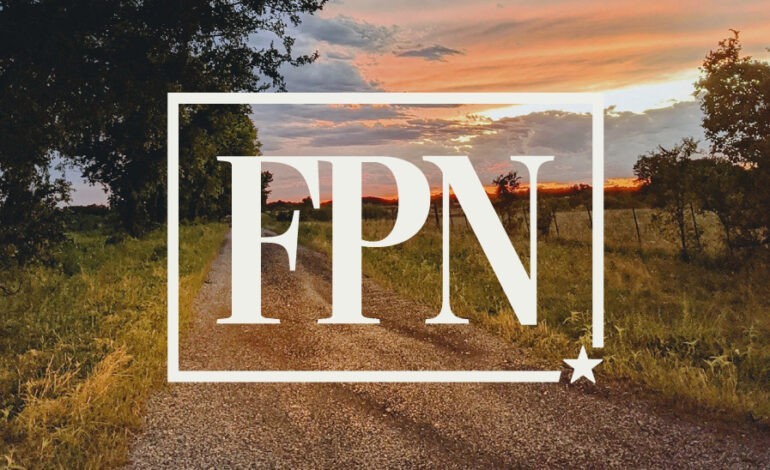What’s on a Food Label? by Johanna Hicks

[adning id=”33097″]

Many of you have probably noticed the new nutrition label that has been approved for packaged and canned foods items. Some positive changes have been made to highlight the most important aspects of the label. These changes include increasing the type size for “Calories,” “servings per container,” and the “Serving size” declaration, and bolding the number of calories and the “Serving size” declaration to highlight this information.
The footnote is changing to better explain what percent Daily Value means. It will read: “The % Daily Value tells you how much a nutrient in a serving of food contributes to a daily diet. 2,000 calories a day is used for general nutrition advice.”
“Added sugars,” in grams and as percent Daily Value, will be included on the label in addition to total sugar. This will help differentiate between naturally occurring sugar and added sugar. Scientific data shows that it is difficult to meet nutrient needs while staying within calorie limits if you consume more than 10 percent of your total daily calories from added sugar. Vitamin D, potassium, calcium, and iron will be required on the label. Vitamins A and C will no longer be required but can be included on a voluntary basis.
For certain products that are larger than a single serving but that could be consumed in one sitting or multiple sittings, manufacturers will have to provide “dual column” labels to indicate the amount of calories and nutrients on both a “per serving” and “per package”/“per unit” basis. Examples would be a 24-ounce bottle of soda or a pint of ice cream. With dual-column labels available, people will be able to easily understand how many calories and nutrients they are getting if they eat or drink the entire package/unit at one time.
The FDA released a proposed rule to extend the compliance dates for the Nutrition Facts and Supplement Facts label final rule and the Serving Size final rule from July 26, 2018, to Jan. 1, 2020, for manufacturers with $10 million or more in annual food sales. Manufacturers with less than $10 million in annual food sales would receive an extra year to comply—until Jan. 1, 2021. However, many products already have the new label.
To test your knowledge about label reading, here’s a brief quiz. Give it a try:
1) Which of these ingredients is present in the largest amount by weight in a breakfast cereal? Ingredients as listed in order on label:
- whole wheat
- brown sugar
- molasses
- they are present in equal amounts.
2) Which label does NOT have an approved “definition”?
- sodium free, granulated chicken bouillon
- 100% natural
3) Is a “Best if Used By” date a safety date?
- Yes
- No
4) Which food is hormone-free?
- Meat
- Bread
- Peas
- None of them
5) Which animal is raised with “added” hormones?
- Pig
- Chicken
- Both
- Neither
6) If bananas “A” are labeled “GMO-free” and bananas “B” have no GMO labeling, which is a true statement?
- Bananas “B” are a GMO food
- Neither of them are GMO foods
- It’s impossible to tell if bananas “B” are a GMO food
Do you think you aced the quiz? Let’s see:
Question #1: A – whole wheat. Ingredients are listed by their common name in descending order by weight. Since whole wheat is listed first, that ingredient is found in the largest amount.
- Questions #2: Label B – Currently, the U.S. Food and Drug Administration has not developed a definition for the use of the term “natural.” Read the ingredients list for a better understanding of what is contained in the food item.
- Question #3: A – No. A “Best if Used by” date describes product quality, where the product may not taste or perform as expected, but is safe to use or consume.
- Question #4: D – none of them are “hormone free.” Anything that is or has been alive contains hormones, including plants.
- Question #5: D – neither of them. Added hormones aren’t allowed by the U.S. Department of Agriculture in pork and poultry. A claim of “no hormones” or pork or poultry must be followed by the statement, “Federal regulations prohibit the use of hormones.”
- Question #6: B – neither of them are GMO foods. In today’s market place, you may find foods promoted as “GMO free” or “contains no GMO’s.” Before you pay extra for this food, be aware it may not be made with any ingredients that contain GMO’s in the first place. Neither banana is a GMO food and never has been! GMO foods currently available in the US are: corn (field and sweet), soybeans, cotton, canola, alfalfa, sugar beets, papaya (Hawaiian), squash. Note: not all versions of all these foods are genetically engineered. Before being placed on the market, genetically modified foods must be approved by the U.S. Food and Drug Administration, the U.S. Department of Agriculture, and the Environmental Protection Agency.
Closing Thought
Many of life’s failures are people who did not realize how close they were to success when they gave up – Thomas Edison
[adning id=”33207″]
[adning id=”33207″]
[adning id=”33207″]











